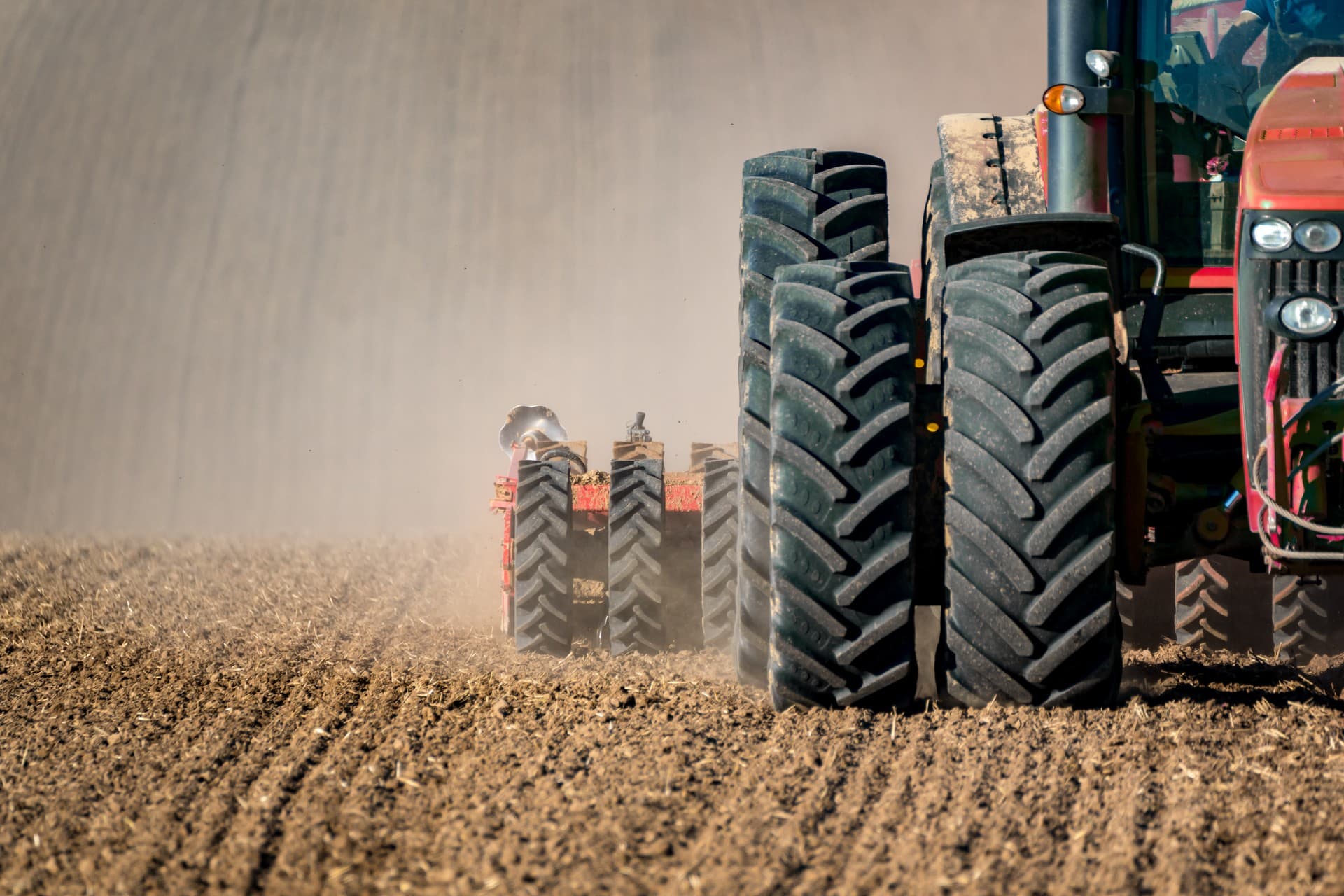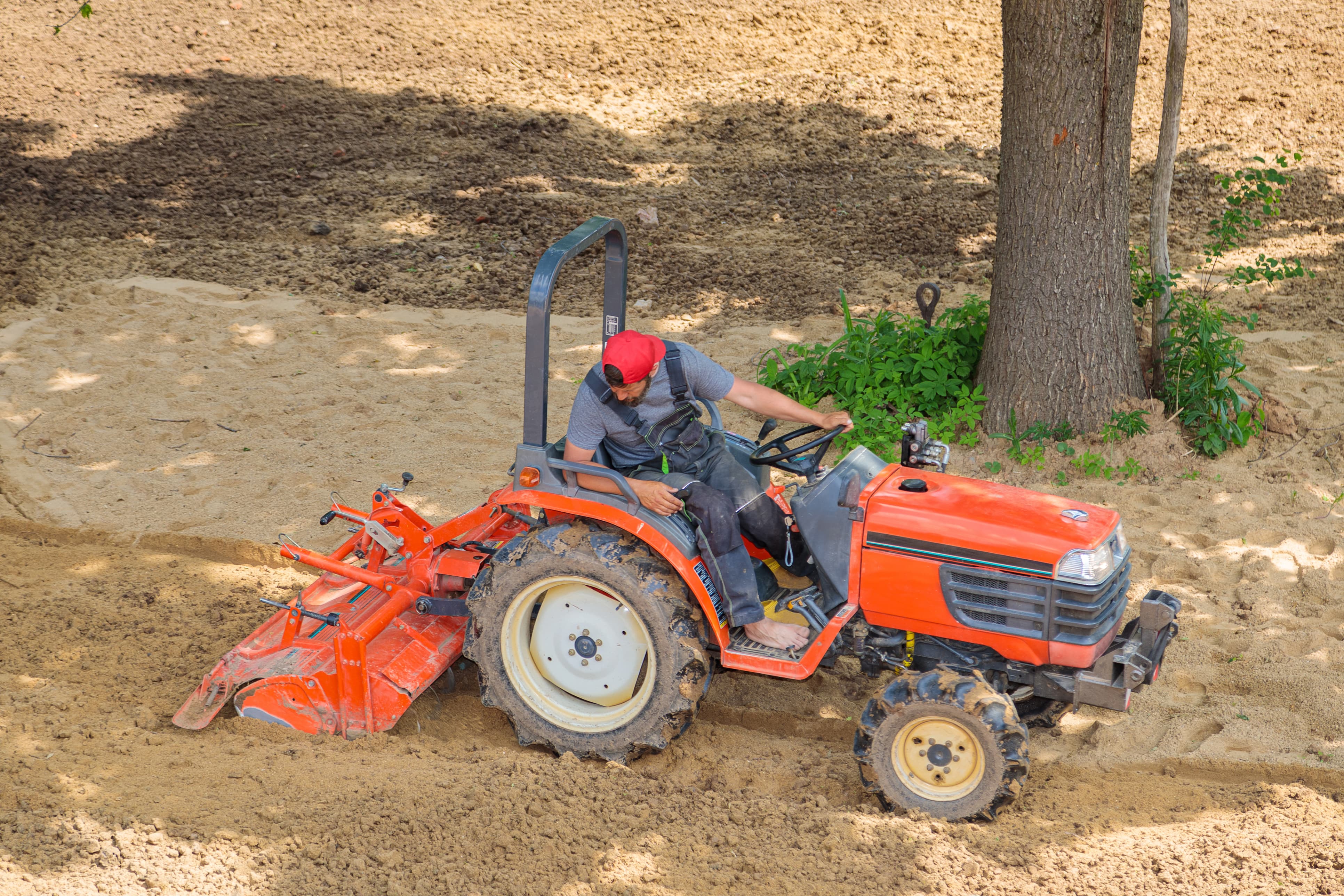Maximize Performance & Minimize Costs: The Value of Expert-Led Custom Brake Development
Share this
When OEMs partner with brake system specialists early in the vehicle design and development process, they unlock key benefits—most notably, faster time-to-market and better cost management.
To understand the value Hayes delivers from the early stages and throughout the process, we need to look at that process and how each step helps OEMs achieve their performance and cost goals.
Step 1: Establish Requirements
The first step involves “setting the stage” for a successful project by defining the specific needs, vehicle specifications, and performance goals of the vehicle and its brake system. This step typically includes:
- Collaborative discussions with the OEM’s engineering and product development teams to understand details about the vehicle's application, likely environmental conditions, load requirements, and expected performance metrics
- Addressing any regulatory and industry-specific standards that need to be met to ensure compliance
Step 2: Design & Feasibility Analysis
With those requirements, Hayes will begin drafting custom brake concepts that meet the OEM’s needs. This phase includes:
- Exploring a range of design possibilities and developing initial 3D models of the brake system
- Running simulations to assess the performance, durability, and safety of each concept
- Analyzing materials, costs, and manufacturability to confirm the viability of the design
Step 3: Detailed Engineering & Design Development
Once a concept is selected, it’s refined into a detailed design that will satisfy all performance, cost, and manufacturing needs. This phase involves:
- Creating comprehensive engineering drawings that outline dimensions, materials, and tolerances
- Evaluating integration factors, such as mounting points and system interfaces
- Conducting simulations to optimize the design for stress, thermal performance, and fatigue resistance
Step 4: Prototyping & Testing
With the design ready, the next phase is to see how the brake system performs in real-world conditions. This step includes:
- Producing prototypes of the brake system using the specified materials and processes
- Conducting tests to verify key performance attributes
- Performing vehicle-level testing, including field trials under various conditions. If necessary, adjustments are made, and the prototyping and testing are repeated
Step 5: Final Design Adjustments & Production Readiness
After validating the brake system design, it’s time to prepare for production. This phase typically includes:
- Implementing any necessary changes from the prototyping and testing phase
- Reviewing the design to ensure all requirements are met
- Developing detailed production plans, including quality control measures
- Preparing manufacturing facilities for production, ensuring all tooling and processes are in place
Step 6: Production Launch
Now it’s time for the brake system to enter full-scale production, with ongoing support to ensure everything runs smoothly that includes:
- Beginning full-scale production, with initial units undergoing thorough quality checks
- Collaborating with the OEM during the initial rollout to address any integration issues
- Providing ongoing technical support, including assistance with any post-launch modifications or improvements
When this step is complete, the two teams have successfully brought a product to market.
How This Process Accelerates Time-to-Market
Early Alignment. When OEMs bring brake system experts into the project early, it ensures that the brake system design aligns with the overall vehicle design right from the start. This early alignment decreases the likelihood of later-stage redesigns or adjustments, which can extend the timeline and budget.
Quicker Iterations. The use of simulation tools and rapid prototyping allows for quicker iterations. Potential issues are identified and resolved early, shortening the time required for testing and validation.
Efficient Decision-Making. Ongoing communication and design reviews between the OEM and Hayes lead to quick, transparent decision-making. This approach helps avoid delays often caused by miscommunication.
Streamlined Compliance. Because Hayes has substantial regulatory expertise, we can guide OEMs through compliance more efficiently. Designing with regulations in mind from the beginning speeds up the approval process.
…and Minimizes Costs
Design Optimization. OEMs and Hayes collaborate to optimize the brake system for performance and manufacturability. This includes selecting the right materials and designing for easy assembly, both of which contribute to lower production costs.
Shared Resources & Expertise. By partnering with Hayes, OEMs tap into existing knowledge, tools, and processes, reducing the need for costly internal development. Our established supplier relationships can also lead to better pricing on materials and components.
Reduced Risk & Rework. Identifying potential design or integration issues early on reduces the chances of expensive rework or redesigns later in the process. This keeps the project on track and avoids unexpected expenses from last-minute changes. Joint testing and validation efforts ensure the brake system is fully optimized before production, reducing the risk of costly recalls or warranty claims.
Partnering with Hayes early in the design and development stage is more than just a smart move—it’s essential to ensuring that OEMs’ brake systems are perfectly aligned with the overall vehicle design. This means fewer delays, lower costs, and a faster time-to-market. This early collaboration streamlines every aspect of the development process, from initial design to final production, making it a win-win for everyone involved.
Subscribe to our blog!
Related blogs
Section Intro
Help visitors get the basic idea within a few seconds, so they understand what this section is about.

Dry Disc Brakes vs. Wet Disc Brakes
Brakes are brakes, right? Not exactly. Two of the most common braking systems — dry disc brakes and wet disc brakes — operate in unique ways and aren’t necessarily interchangeable.
Let's explore the...

How Powersports Brakes Manufacturers Can Meet Extreme Demands in Performance
For snowmobile riders, UTV enthusiasts, and anyone else hitting the trails, the U.S. has its share of extremes in weather and terrain — and they’re some of the biggest challenges powersports vehicles...

Hydraulic vs. Mechanical Disc Brakes? Heavy Equipment Needs Both
You’ll typically find two types of brakes on a piece of heavy equipment: hydraulic and mechanical. Why are both needed? Which brakes perform tasks that the other cannot?
One type of brake doesn’t...
